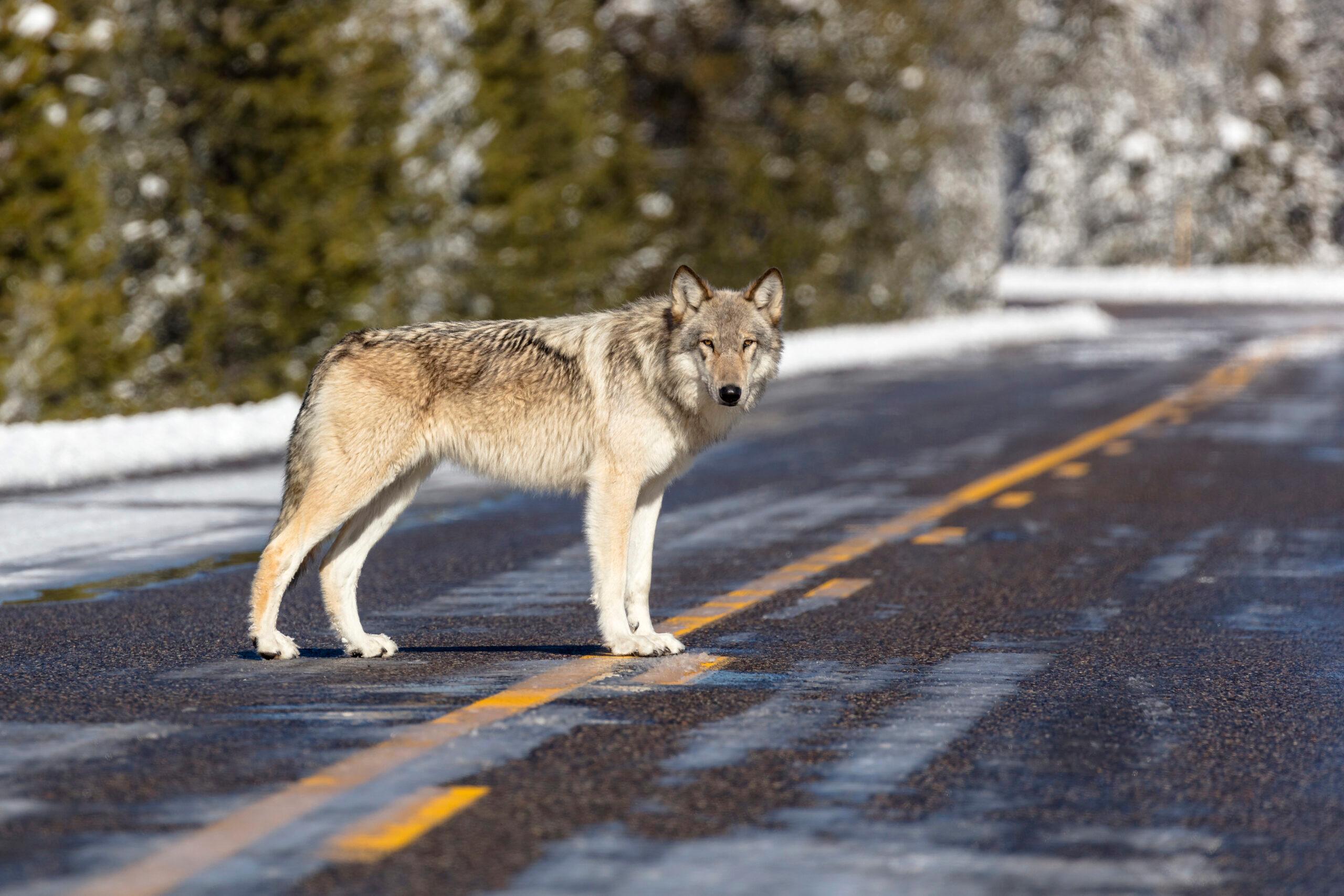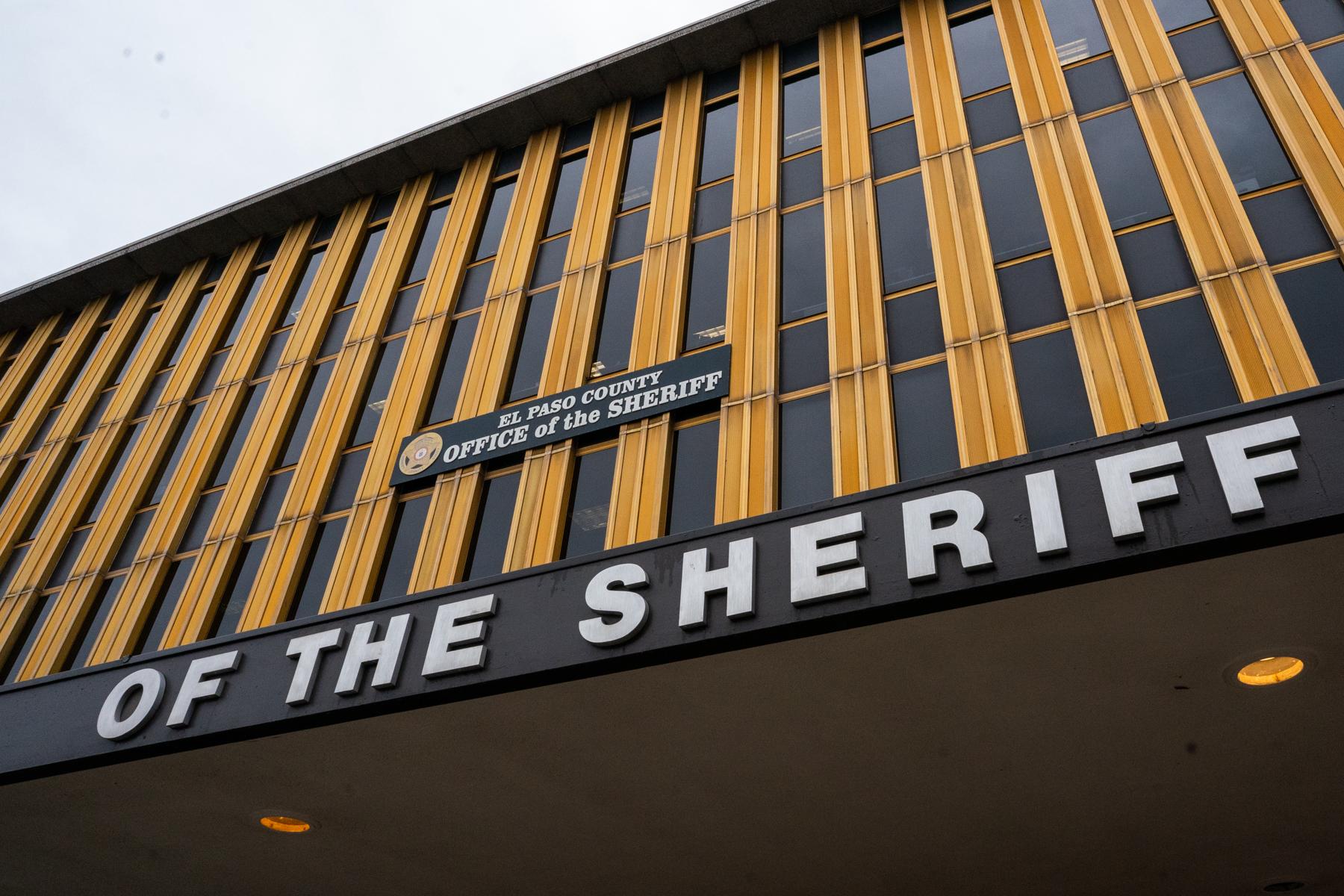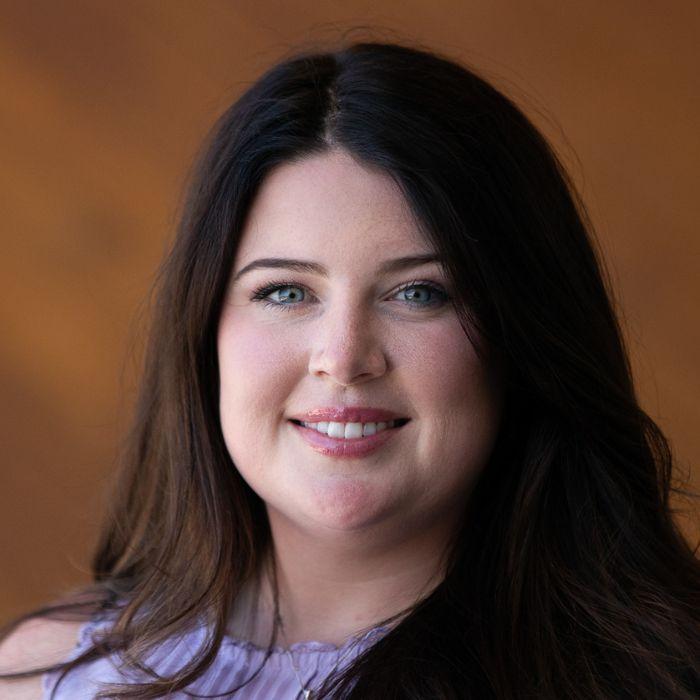Park rangers say they want families to put visiting a national park at the top of their minds over, say, a trip to Disneyland. The National Park Service’s goal is to connect a quarter of the nation’s school children with nature. Last weekend, a thousand students and scientists combed Rocky Mountain National Park, recording as many species as possible in 24 hours.
Here is a transcript of Colorado Public Radio’s education reporter Jenny Brundin’s report.
Reporter Jenny Brundin: On the nearby mountains, you can see stands of lodgepole and ponderosa pines. But here in Upper Beaver Meadow, you see -- the backs of kids’ heads. The kids are crouched down on thick, brilliant green tufts of grass, bent over a tiny stream.
(sound of water, scooping)
Reporter: The kids, like 9-year-old Jack Davies, are scooping up bits of creek bottom with square mesh sifters – looking for creatures.
Jack Davies: It’s really cool and we get to be scientists collecting mac-,macroinvertebrates which means a bug that lacks a backbone but can be seen with the naked eye.
Reporter: Jack is finding mini-clams and stone fish and dragon flies. And like any good scientist, Jack questions the observations of some of his colleagues.
Davies: There shouldn’t be some leeches but kids have claimed that they’ve found some. I don’t really think there are. But if you found a leech that means it’s a really unhealthy stream, but if you find a rock bug, it means it’s a healthy stream.
Reporter: Collecting, recording and tallying species is the mission today as part of the 6th annual Bioblitz. It’s one of 95,000 programs the National Park Service puts on each year nationally to try to engage kids with nature. Neil Mulholland, president of National Park Foundation says nationally the park service is connecting 2 million kids every year to parks. He says that’s about 4 percent of the K- 12 population. The goal is to boost that number to one quarter of the nation’s school children by 2016.
Neil Mulholland: We have these great places, they’re standing here, they’re open and available, we assume everybody’s coming and they’re not. We have school buses sitting in school yards all day long easily transport the kids on a trip but they don’t have money to pay the driver and money for gas. You’d be shocked. The vast majoritythat live say within 20 miles of a park, it’s their first adventure into the park.
Reporter : The past year, the National Park Service spent about $100,000 to bring kids to Rocky Mountain National Park. Like 11-year-old Alex Beltran from Denver.
Alex Beltran: This is the first time.
Reporter: The first time, in fact, he’s ever been in nature.
Beltran: The cool breeze, against your skin.
Reporter : …. is what he likes best. His St. Francis DeSales science teacher Cindy Kreider says many of her students don’t get the chance to be in Colorado’s mountains.
Kreider: They just need nature. They need to see that there’s something other than brick buildings and concrete and pillars. They need to see that there’s water, there’s vegetation, there’s air, there’s fresh air that doesn’t smell like smog. They just absolutely love this trip.
Girl: So when it’s winter, does the water freeze?
Biologist: What a good question! (fade under)
Reporter: Kids spend the morning gathering data that scientists can use. Before the students came to the meadow, they developed a scientific hypothesis. Today, they’re testing it, and learning the steps to identify every plant and animal they find here. Some kids will follow up comparing these species with those in streams closer to their schools. Past Bioblitz’s have uncovered species new to a park, new even to science.
Lillian Sanchez: She’s using a tube that’s kind of like a turkey sucker thing…
Reporter: Lillian Sanchez and her friend extract the creatures from the mesh trays gingerly carried to them by other students. They stare at the creatures using microscopes, checking what they see against an illustrated chart.
Sanchez: This I found is a…l think it is a fresh water sponge.
Reporter : Lillian calls over a teacher biologist to confirm.
Teacher: It sure is.
Reporter: Because kids today get much of their information visually, on-line, teachers say ifyou bring them to a park full of visual examples, they’re much more engaged. And they say, if kids can use all their senses, they’re much more apt to remember the curriculum. Sam Richings-Germaine is a 4th grade teacher at the Olander School for Project Based Learning in Fort Collins.
Sam Richings-Germain: They’re so happy to just be here, to be touching and wet and muddy, excited about learning . This is appealing to our visual learners and our auditory learners, and our kinesthetic learners because they can touch and feel and see and experience everything that has to do with science.
Reporter: Including….on the job hazards.
Kid: (splash) aaah….found it!
Reporter : A kid falls into the stream.
Kid: I found the stream…ah….not so glad I did.
[Photo: CPR]









